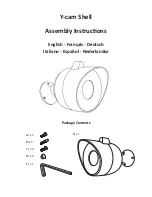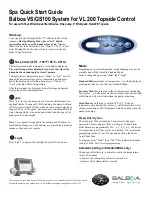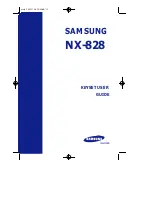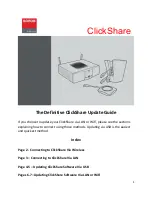
Technical Manual
Airbridge BTS3612A CDMA Base Station
System Principle
Table of Contents
iii
3.9 BRFM............................................................................................................................... 3-18
3.9.1 BBFM .................................................................................................................... 3-18
3.9.2 BBFL ..................................................................................................................... 3-20
Chapter 4 Antenna & Feeder Subsystem.................................................................................... 4-1
4.1 Overview ............................................................................................................................ 4-1
4.2 RF Antenna & Feeder........................................................................................................ 4-1
4.2.1 Antenna ................................................................................................................... 4-1
4.2.2 Feeder ..................................................................................................................... 4-3
4.2.3 Lightning Arrester (Optional) ................................................................................... 4-3
4.2.4 Tower-top Amplifier (Optional) ................................................................................ 4-4
4.3 Satellite Synchronization Antenna & Feeder ..................................................................... 4-4
4.3.1 Overview ................................................................................................................. 4-4
4.3.2 Antenna ................................................................................................................... 4-7
4.3.3 Feeder ..................................................................................................................... 4-7
4.3.4 Lightning Arrester .................................................................................................... 4-7
4.3.5 Receiver .................................................................................................................. 4-7
Chapter 5 Power & Environment Monitoring Subsystem ......................................................... 5-1
5.1 Overview ............................................................................................................................ 5-1
5.2 Power Distribution.............................................................................................................. 5-2
5.2.1 AC Distribution ........................................................................................................ 5-2
5.2.2 DC Distribution ........................................................................................................ 5-3
5.2.3 Power Distribution Devices ..................................................................................... 5-5
5.3 Environment Monitoring..................................................................................................... 5-6
5.3.1 Structure of Monitoring System............................................................................... 5-6
5.3.2 Monitoring Devices.................................................................................................. 5-7
Chapter 6 Lightning Protection and Grounding......................................................................... 6-1
6.1 Overview ............................................................................................................................ 6-1
6.2 BTS Lightning Protection Principle .................................................................................... 6-1
6.2.1 Principle and Characteristics................................................................................... 6-1
6.2.2 Lightning Protection for AC Power .......................................................................... 6-2
6.2.3 Lightning Protection for Trunk Cables..................................................................... 6-2
6.2.4 Lighting Protection for Antenna & Feeder Subsystem ............................................ 6-3
6.3 Grounding of BTS Equipment............................................................................................ 6-4
6.3.1 Internal Grounding of Cabinet ................................................................................. 6-4
6.3.2 External Grounding of Cabinet................................................................................ 6-4
6.3.3 Grounding of AC Lightning Arrester ........................................................................ 6-4
6.3.4 Grounding of Transmission Equipment................................................................... 6-5
6.3.5 Grounding of Overhead E1/T1 and HDSL Cables .................................................. 6-5
6.3.6 Grounding of BTS Surge Protector ......................................................................... 6-5
Chapter 7 BTS Signal Flows......................................................................................................... 7-1
7.1 Overview ............................................................................................................................ 7-1




































